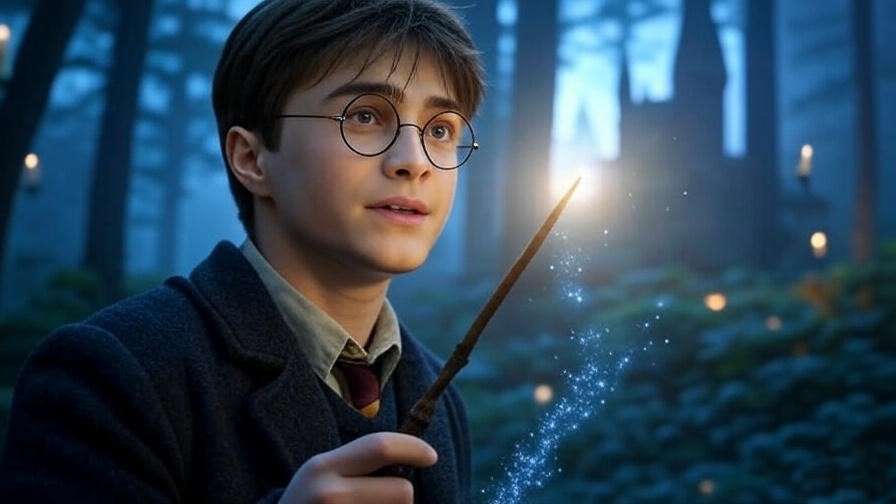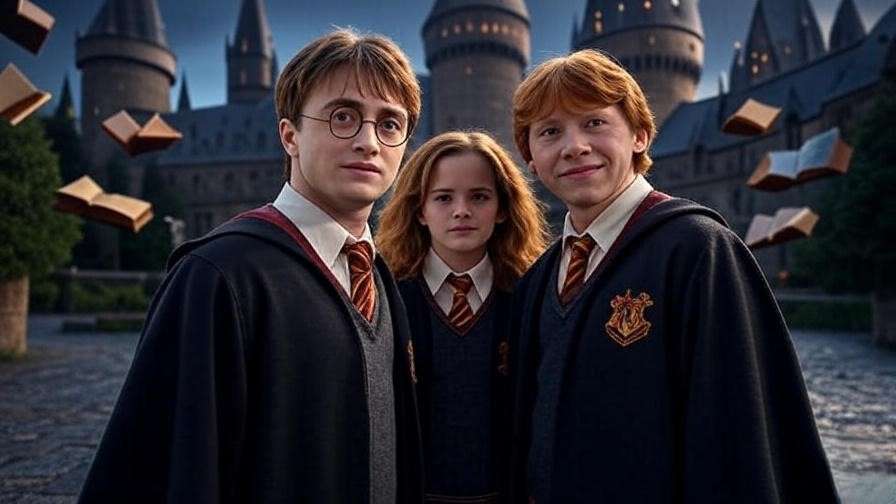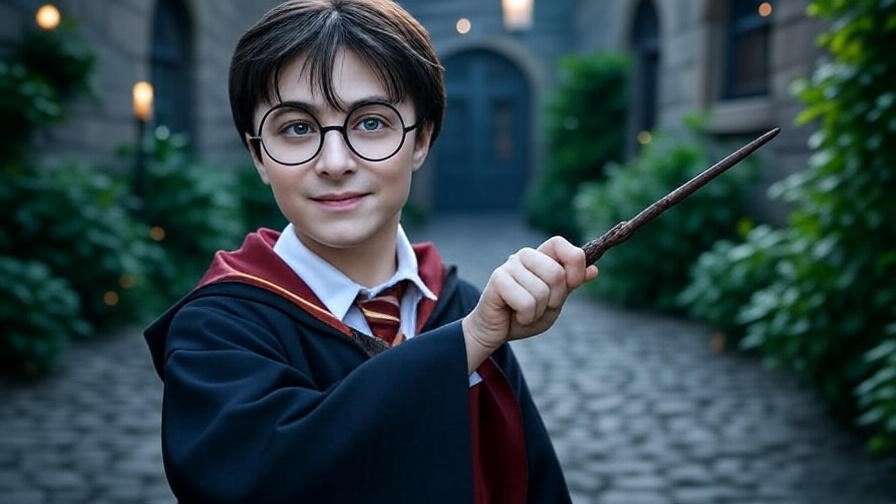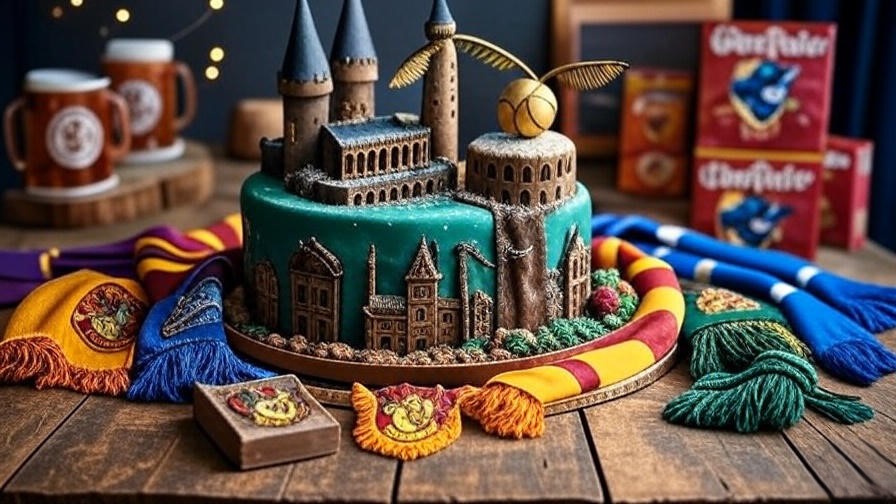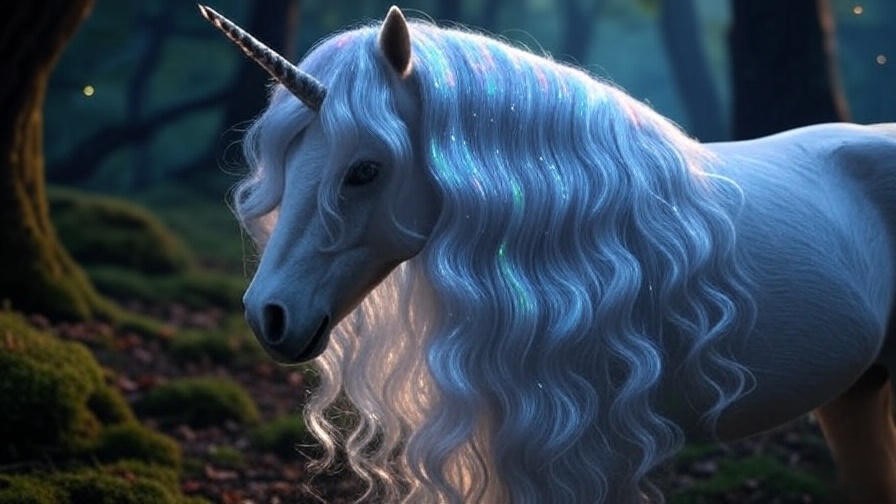Imagine stepping into the dimly lit, dusty shop of Ollivanders, where thousands of wand boxes line the walls, each humming with latent magic. As a young wizard, the moment your hand grips a wand and sparks fly, you feel an electric connection—a wand has chosen you. In the Harry Potter universe, power wands are more than mere tools; they are extensions of a wizard’s soul, amplifying their magic and shaping their destiny. Whether you’re a lifelong fan, a cosplayer crafting your own wand, or simply curious about wand lore, understanding the secrets of power wands unlocks a deeper appreciation of J.K. Rowling’s magical world. This comprehensive guide dives into the essence, craftsmanship, and legendary stories of power wands, blending insights from Rowling’s works, Wizarding World archives, and fan expertise to answer your burning questions and inspire your wizarding journey.
What Are Power Wands? Defining Their Role in the Harry Potter Universe
The Essence of a Wand
In the wizarding world, a wand is far more than a stick of wood. It’s a conduit for magical energy, channeling a wizard’s intent into spells, charms, and curses. As Garrick Ollivander, the renowned wandmaker, famously declared, “The wand chooses the wizard.” This mystical bond defines a wand’s power, making it a partner in a wizard’s magical journey. For instance, Harry Potter’s holly wand, with its phoenix feather core, became an extension of his courage and resilience, while Voldemort’s yew wand reflected his dark ambitions. Power wands, in particular, stand out for their ability to amplify a wizard’s potential, often tied to their unique materials or storied histories.
What Makes a Wand “Powerful”?
The power of a wand isn’t solely about raw strength—it’s about compatibility and synergy with its wielder. Several factors contribute to a wand’s potency: its core material, wood type, length, and flexibility. For example, the Elder Wand, famed for its unmatched power, owes its strength to its thestral hair core and elder wood, but its true force lies in its allegiance to its rightful owner. Misconceptions abound, with some believing a wand’s power lies only in its ability to cast destructive spells. In truth, a power wand’s strength is in its harmony with the wizard, enabling precision and versatility, as seen in Hermione Granger’s vine wand, which excelled in complex spellwork.
The Anatomy of Power Wands: Materials and Craftsmanship
Wand Cores and Their Magical Properties
The core of a wand is its magical heart, determining much of its character. The three primary cores, as outlined by Ollivander, are unicorn hair, dragon heartstring, and phoenix feather, each with distinct traits:
- Unicorn Hair: Known for loyalty and consistency, unicorn hair wands produce reliable magic but may lack the raw power of other cores. Ron Weasley’s second wand (willow, unicorn hair) reflects this stability.
- Dragon Heartstring: Bold and powerful, these cores excel in flashy, potent spells but can be temperamental. Bellatrix Lestrange’s walnut and dragon heartstring wand mirrors her volatile nature.
- Phoenix Feather: Rare and versatile, phoenix feather wands are capable of a wide range of magic and often choose wizards with great potential, like Harry Potter and Voldemort.
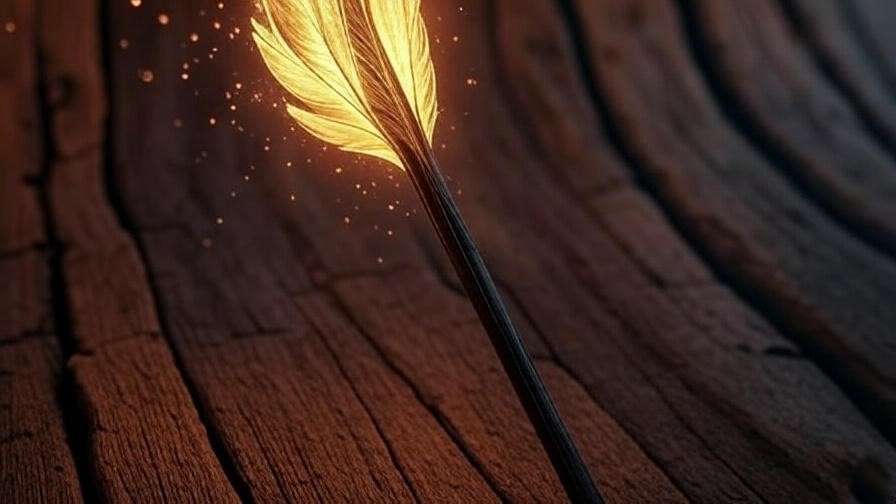
Rare cores, such as the thestral hair in the Elder Wand, are exceptionally powerful but difficult to master. Below is a comparison of core types and their notable wielders:
| Core Type | Traits | Notable Wielders |
|---|---|---|
| Unicorn Hair | Loyal, consistent, less powerful | Ron Weasley, Draco Malfoy |
| Dragon Heartstring | Powerful, temperamental, bold | Bellatrix Lestrange, Hermione Granger |
| Phoenix Feather | Versatile, rare, adaptable | Harry Potter, Voldemort |
| Thestral Hair | Extremely powerful, rare, hard to wield | Elder Wand (various owners) |
Wood Types and Their Influence
The wood of a wand imbues it with personality, complementing the core’s properties. According to Wizarding World lore, each wood type aligns with specific traits:
- Holly: Associated with protection and courage, as seen in Harry’s wand.
- Yew: Linked to dark magic and longevity, fitting for Voldemort’s wand.
- Vine: Favors wizards with hidden depths, like Hermione’s wand.
The interplay of wood and core creates unique wands. For instance, Ron’s willow and unicorn hair wand supported his loyal but sometimes insecure nature, while Snape’s ebony wand reflected his complex, intense personality. Wand length (typically 9–14 inches) and flexibility also play roles, with shorter wands suiting precise spellcasters and flexible wands adapting to evolving wizards.
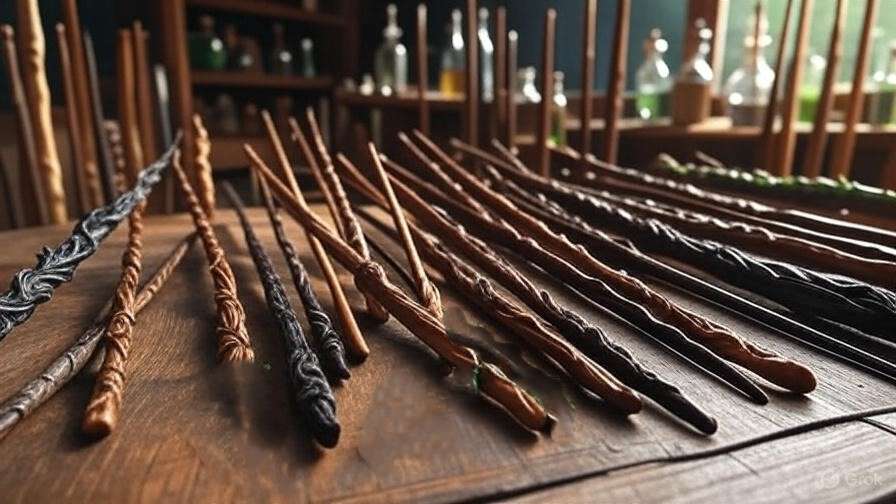
The Art of Wandmaking
Crafting a power wand is a delicate balance of art and magic, mastered by artisans like Ollivander and Gregorovitch. Wandmakers select materials based on their inherent magical properties, ensuring harmony between core and wood. The process, shrouded in mystery, involves precise carving and enchantment to awaken the wand’s potential. Ollivander’s expertise, passed down through generations, underscores the rarity of this craft. A power wand’s creation requires not just skill but an intuitive understanding of magic, making each wand a unique masterpiece.
Iconic Power Wands in the Harry Potter Series
The Elder Wand: The Ultimate Power Wand
The Elder Wand, one of the Deathly Hallows, is the most legendary power wand in wizarding history. Crafted by Death (according to legend) with elder wood and a thestral hair core, it promises unbeatable power to its true master. Its history is a bloody trail of betrayal, from Antioch Peverell to Dumbledore and beyond. In Deathly Hallows, its allegiance shifts from Draco Malfoy to Harry Potter, proving that power lies not in possession but in mastery. The Elder Wand’s ability to perform extraordinary feats, like repairing Harry’s broken holly wand, cements its status as a pinnacle of wand lore.
Other Notable Wands
Beyond the Elder Wand, several wands stand out for their power and significance:
- Harry Potter’s Holly Wand: With a phoenix feather core, this wand’s connection to Voldemort’s created the rare Priori Incantatem effect, showcasing its unique strength.
- Hermione Granger’s Vine Wand: Its dragon heartstring core enabled her to master complex spells, reflecting her intellectual prowess.
- Snape’s Ebony Wand: Though its core is unknown, its dark elegance suited Snape’s duality as both hero and enigma.
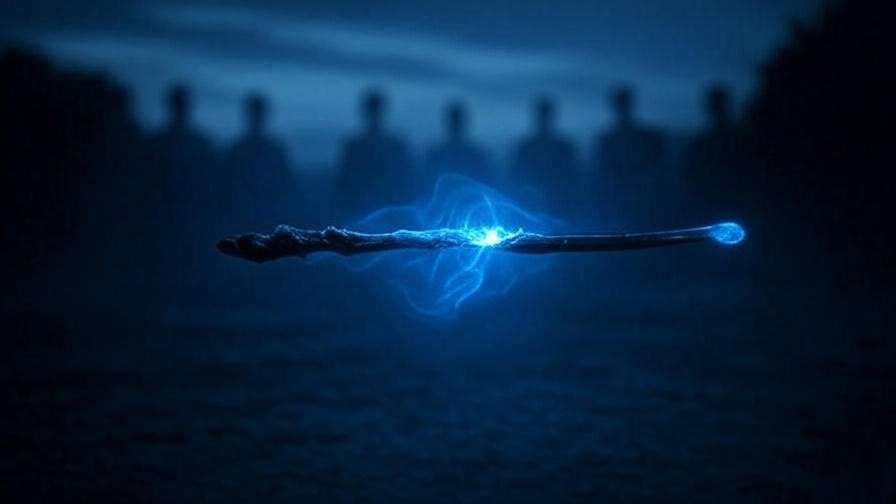
Lesser-known wands, like Bellatrix’s walnut and dragon heartstring wand, also wielded devastating power, amplifying her cruelty in duels.
Wand Allegiance and Its Impact on Power
Wand allegiance is a critical factor in a wand’s power. A wand won through disarming or defeat, as seen with the Elder Wand, aligns its full potential with its new master. This concept explains why Harry’s holly wand outperformed Voldemort’s borrowed wands in Deathly Hallows. Allegiance underscores the dynamic relationship between wizard and wand, making power wands not just tools but partners that evolve with their owners.
The Lore and Mythology Behind Power Wands
Wand Lore in the Wizarding World
Wand lore is a cornerstone of wizarding culture, steeped in tradition and mystery. As J.K. Rowling revealed through Pottermore (now Wizarding World), wands are more than tools—they embody a wizard’s identity and magical potential. The phrase “the wand chooses the wizard” reflects a near-sentient quality, where wands select their wielders based on compatibility. This lore elevates power wands to a near-mythical status, as seen in tales of legendary wands passed down through generations. In the Harry Potter series, wands are revered as symbols of authority and skill, shaping the wizarding world’s history and culture. For fans, understanding this lore deepens their connection to the series’ magical framework.
Historical Power Wands Beyond the Elder Wand
While the Elder Wand dominates wand lore, other historical wands hold significant power. The wands of Hogwarts’ founders—Godric Gryffindor, Helga Hufflepuff, Rowena Ravenclaw, and Salazar Slytherin—likely possessed unique properties, though their specifics remain speculative. Gryffindor’s wand, for instance, might have favored bold, chivalrous magic, aligning with his house’s values. Ancient wizarding texts, referenced in Rowling’s supplemental writings, suggest that early wands varied by region, with materials like bone or coral used before standardized wandmaking. These historical power wands, though less documented, highlight the diversity and evolution of magical tools across centuries.
The Ethics of Wielding a Power Wand
Power wands carry moral weight, as their potential for great magic can be used for good or ill. Dumbledore’s mastery of the Elder Wand exemplified restraint, using its power to protect rather than dominate. In contrast, Voldemort’s pursuit of the same wand led to destruction, driven by his obsession with supremacy. This dichotomy raises questions about responsibility: does a wand’s power corrupt, or does it amplify the wizard’s true nature? For fans, this ethical debate adds depth to the series, encouraging reflection on power and choice—core themes in Harry Potter.
How Power Wands Shape Key Moments in Harry Potter
Pivotal Battles and Duels
Power wands have defined some of the series’ most iconic moments. In Goblet of Fire, Harry’s holly wand and Voldemort’s yew wand, both with phoenix feather cores from the same bird, triggered Priori Incantatem, a rare phenomenon that saved Harry’s life. This event underscores how a wand’s unique properties can alter the course of a duel. Similarly, in Deathly Hallows, the Elder Wand’s refusal to harm Harry, its true master, sealed Voldemort’s defeat. These moments highlight how power wands, when paired with skilled wizards, can shift the tide of battle, making them central to the series’ climactic scenes.
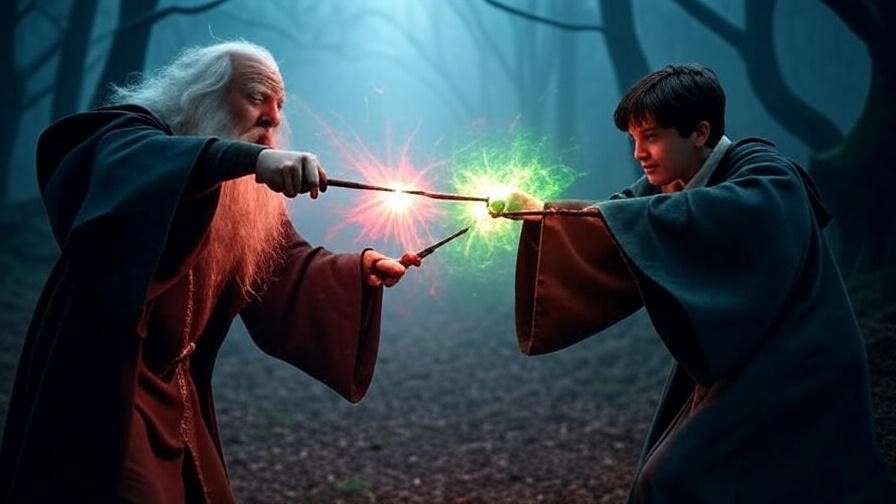
Character Development Through Wands
Wands often mirror their owners’ growth. Ron Weasley’s journey from a hand-me-down ash wand to a willow and unicorn hair wand reflects his path from insecurity to confidence. Similarly, Harry’s holly wand, with its protective qualities, grew with him, adapting to his increasing skill and moral resolve. Hermione’s vine wand, suited to her intellectual depth, supported her mastery of complex spells like the Patronus Charm. These examples show how power wands are not static tools but evolve alongside their wizards, reinforcing character arcs and adding emotional resonance to the narrative.
Power Wands in Magical Education
At Hogwarts, wands are essential for learning magic, from first-year charms to advanced spellwork. In Chamber of Secrets, students struggle with basic spells like “Wingardium Leviosa,” where wand technique (e.g., “swish and flick”) is critical. By Half-Blood Prince, advanced students like Harry use their wands for nonverbal spells, showcasing their growing mastery. Power wands, with their superior cores and woods, give students an edge in precision and potency, as seen in Hermione’s ability to excel in nearly every subject. For fans, this underscores the practical role of wands in shaping a wizard’s education.
Practical Insights for Fans: Bringing Power Wands to Life
Choosing Your Own Wand (Cosplay and Fan Activities)
For Harry Potter fans, selecting a wand for cosplay or collection is a deeply personal experience. Consider your personality and favorite characters when choosing: a bold Gryffindor might gravitate toward a holly or oak wand, while a cunning Slytherin might prefer yew or ebony. Reputable sources like The Noble Collection or Wizarding World’s official shop offer high-quality replicas of iconic wands, such as Harry’s, Hermione’s, or Dumbledore’s. When selecting a wand, prioritize authenticity and craftsmanship. Here’s a quick checklist:
- Core and Wood: Match the wand’s traits to your personality (e.g., phoenix feather for versatility, vine for depth).
- Aesthetics: Choose a design that resonates with your style, from sleek to ornate.
- Purpose: Decide if it’s for display, cosplay, or interactive theme park use.
Crafting Your Own Wand
Crafting a DIY wand is a rewarding way to engage with wand lore. Here’s a step-by-step guide:
- Materials: Use safe, non-toxic materials like dowel rods, clay, or resin. Avoid sharp or hazardous items.
- Design: Sketch your wand, inspired by canon wands or your imagination. Consider length (9–14 inches) and texture.
- Carving: Shape the wood with sandpaper or carving tools for a unique look.
- Details: Add handles or accents with clay or paint, mimicking woods like ebony or willow.
- Finish: Seal with varnish for durability. Cosplay experts recommend testing weight and grip for comfort.
This process, inspired by fan communities on platforms like Reddit and MuggleNet, lets you create a wand that feels authentic and personal.
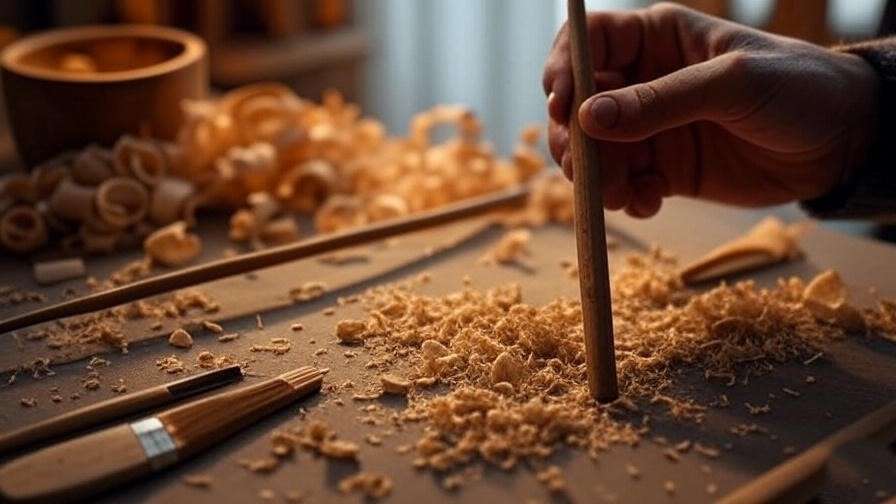
Interactive Wand Experiences
The Wizarding World of Harry Potter at Universal Studios offers interactive wands that bring magic to life. These wands, embedded with sensors, allow fans to cast “spells” at designated park locations, like Diagon Alley or Hogsmeade. To maximize the experience:
- Practice Spells: Learn precise wand movements (e.g., circular motions for “Lumos”).
- Explore All Stations: Visit every interactive spot to unlock hidden effects.
- Engage with Cast Members: Park staff often share wand tips and lore.
These experiences connect fans to the magic of power wands, making them feel like true wizards.
Common Questions About Power Wands (FAQ Section)
What Makes the Elder Wand So Powerful?
The Elder Wand’s power stems from its thestral hair core and elder wood, combined with its unique allegiance mechanics. As a Deathly Hallow, it amplifies spells beyond ordinary wands, but only for its true master, as seen in Harry’s victory over Voldemort.
Can Any Wand Be a Power Wand?
Any wand can be powerful if it perfectly matches its wizard. While the Elder Wand is exceptional, wands like Hermione’s or Harry’s prove that power lies in compatibility, not just materials.
How Do Wand Cores Affect Spellcasting?
Cores influence a wand’s strength and style. Unicorn hair ensures consistency, dragon heartstring boosts potency, and phoenix feather offers versatility, as evidenced by Harry’s and Voldemort’s shared core creating unexpected effects.
Are There Power Wands in Other Wizarding Cultures?
Rowling’s writings suggest global wandmaking traditions, like African wands using bone or Asian wands with unique woods. These wands, while less detailed in canon, likely hold comparable power, reflecting diverse magical practices.
Expert Insights: What J.K. Rowling and Scholars Say
J.K. Rowling’s Revelations on Wands
J.K. Rowling has shared extensive insights into wand lore through her writings on Pottermore (now Wizarding World) and interviews, emphasizing the individuality of wands. She describes wands as having “personalities” that align with their wielders, a concept rooted in the magical synergy between wizard and wand. For instance, Rowling explained that Harry’s holly wand, with its phoenix feather core, was ideal for his protective nature and resilience, while Voldemort’s yew wand suited his darker ambitions. She also clarified that wand cores and woods are not arbitrary; they reflect deep magical principles, with each combination yielding unique effects. Rowling’s attention to detail—such as the rarity of phoenix feather cores—underscores the craftsmanship behind power wands, making her insights a cornerstone for fans seeking authoritative wand knowledge.
Fan Theories and Scholarly Analysis
The Harry Potter fandom has produced compelling theories about power wands, enriching the lore. One popular theory, discussed on platforms like MuggleNet and Reddit, posits that wandless magic, though rare, could rival the power of wands in skilled hands, as seen with Dumbledore’s wandless feats. Another theory explores whether a wand’s power grows with its wizard, citing Harry’s increasing proficiency with his holly wand. Scholarly works, such as those by Hogwarts Professor, analyze wands as symbols of agency and identity, drawing parallels to mythological artifacts. These discussions, grounded in Rowling’s texts, add depth to the study of power wands, appealing to fans who crave intellectual engagement with the series.
Power wands are at the heart of the Harry Potter universe, weaving together magic, identity, and destiny. From the legendary Elder Wand to the personal wands of Harry, Hermione, and Ron, these tools amplify a wizard’s potential while reflecting their character. Through their cores, woods, and allegiances, power wands shape pivotal moments, from epic duels to quiet acts of growth, making them integral to the series’ narrative and themes. For fans, wands offer a tangible connection to the wizarding world, whether through cosplay, crafting, or interactive experiences at Universal Studios. Dive deeper into wand lore by exploring your own wand preferences, visiting Wizarding World attractions, or joining fan communities to share your passion. What’s your favorite wand from the series? Share your thoughts or cosplay creations in the comments below!

